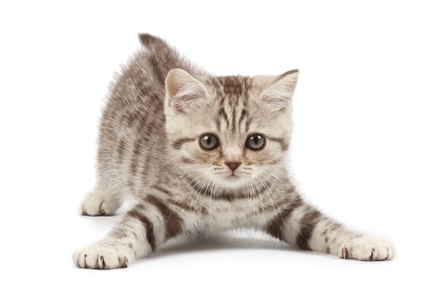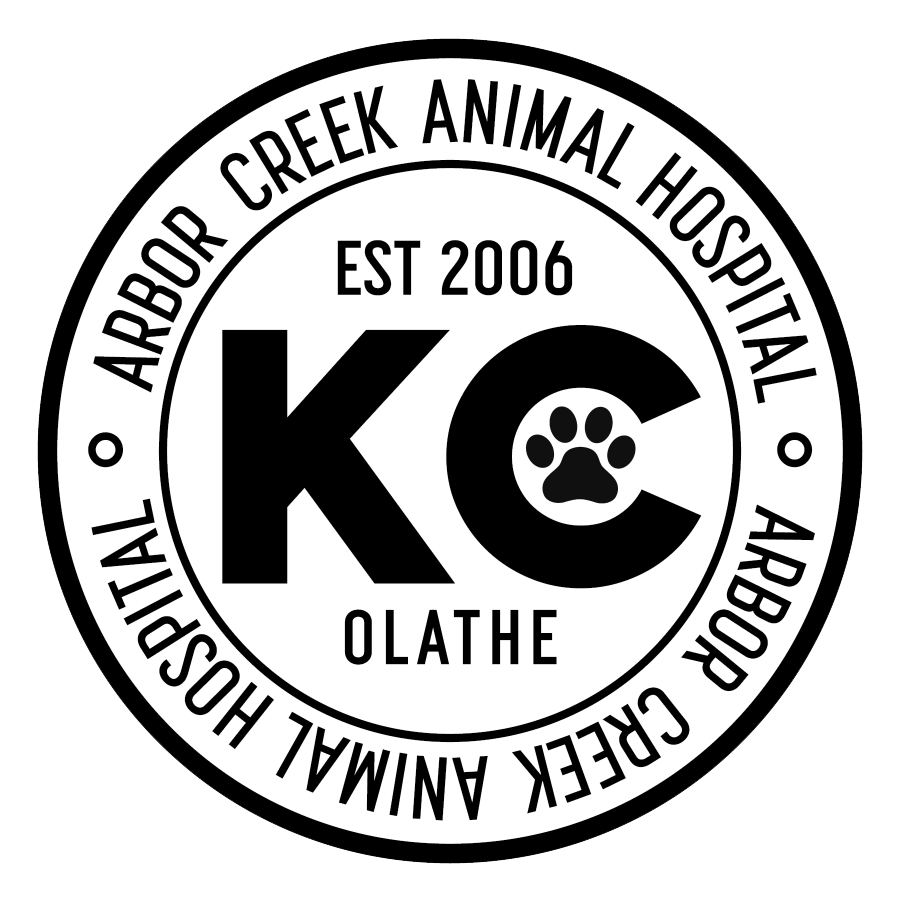 You can use herbs and acupuncture on animals? Really?...I had no idea, I knew they had that for people…but for dogs and cats!! This is how many of my conversations begin with people bringing their animals in for treatment. Most people in the United States are not aware that there are alternative options for treating their pets. As both human healthcare and veterinary care evolve, many of the “alternative” treatments will become more mainstream and gain acceptance in the United States.
You can use herbs and acupuncture on animals? Really?...I had no idea, I knew they had that for people…but for dogs and cats!! This is how many of my conversations begin with people bringing their animals in for treatment. Most people in the United States are not aware that there are alternative options for treating their pets. As both human healthcare and veterinary care evolve, many of the “alternative” treatments will become more mainstream and gain acceptance in the United States.
So you’re asking what exactly are the alternative treatments? There are just as many different treatment modalities for pets as there are for people including sound, light, color, smell and energy but a few are more widely practiced among alternative or holistic veterinarians. These are herbal medicine, acupuncture, chiropractic, and nutrition.
Herbal medicine includes the use of both western herbs and Chinese herbs. Herbs can be used for any condition that could be treated by conventional western pharmaceuticals. In my experience however, there are some diseases/ailments that respond better to pharmaceuticals and some better to herbs. For acute conditions such as infections with fevers, broken bones, and emergencies I tend to reach for western pharmaceuticals because they are very powerful and will have an immediate impact on the patient’s condition by relieving pain and suffering and possibly saving their life. For more chronic conditions such as skin and ear infections, allergies, gastrointestinal issues and cancer I prefer to use herbal medicine. These are the types of conditions that have not developed overnight and are not going to be resolved overnight by giving a pill either. Herbal medicine, in general, takes a bit longer to start working but can address the underlying cause of the issue instead of masking the symptoms. When the root cause of the problem is treated the secondary symptoms will resolve on their own. Herbal therapy is usually continued for weeks to months by adding it to their food and is changed according to the needs of the animal.
Acupuncture is the insertion of needles into specific points of the body to elicit physical or chemical changes. It can be used for a wide variety of issues such as pain due to muscle and tendon injuries or arthritis to such things as urinary incontinence, allergies, immune system disorders and intervertebral disk disease. Acupuncture can be used as the sole means of treatment or in conjunction with other types of therapy. It is variable from patient to patient and their response to the needles. Treatments are usually started anywhere from once daily to one time a week and then tapered off as their response changes. Acute sprains or strains will often resolve in a few days to weeks and chronic conditions such as arthritis or allergies will often require maintenance treatments that vary from once a month to every six months.
Chiropractic therapy is also used in veterinary medicine with more frequency than in the past. It is mainly used for musculoskeletal pain in veterinary medicine and follows a schedule similar to that of acupuncture with more frequent visits at first and tapering off as indicated by the patient.
Nutrition is the last “alternative” treatment modality to be covered in this article. There has been a lot of research in the U.S. in the last 20-30 years regarding nutritional requirements for animals. This has lead to the prevention of a number of nutritional diseases such as heart disease in cats caused by taurine deficiency and the formulation of diets for a number of specific ailments such crystals or stones in the bladder. Feeding certain urinary tract diets will help with dissolution of those stones or crystals. These kinds of diets have helped countless numbers of animals. A number of marketing strategies have also convinced the public that a certain brand of food is the best for their pet when the outside of the bag shows healthy ingredients and in reality the food is filled with low grade by-products, preservatives, colors, fillers and allergens. It is certainly true that “you are what you eat” and feeding animals the same low-grade diet day after day leads to deficiencies and an overall weakened immune system, which in turn leads to disease. By providing high quality nutrition including food, vitamins, minerals, and supplements many diseases can be successfully controlled or even reversed. Nutrition is largely overlooked in the U.S. as a component of overall health. We all hear about eating a balanced, healthy diet but very few people or animals actually fall into this category. Most animals are getting too many carbohydrates and fats along with a lack of exercise. A prime example is the increasing number of obese pets and weight related health problems such as arthritis and diabetes.
The alternative treatments, I think, should be called by a more appropriate term such as “complimentary treatments”. They do not have to be exclusive of each other or alternative to other treatment options. They can and should be complimentary to each other by choosing what is best for ourselves and our pets. Please remember one of my favorite quotes when thinking about treatment options for your pet’s health.
"It does not matter whether medicine be old or new, so long as it brings about a cure.
It matters not whether theories be eastern or western, so long as they prove to be true."
--Jen Hsou Lin, DVM, PhD--
Dr. Michael Tarrant practices an integrative approach to veterinary medicine for dogs, cats, small animals and exotic species. For more information call Arbor Creek Animal Hospital at 913-764-9000 or visit the website at: www.ACAnimalHospital.com.
This article was originally written for the August 2011 Kansas City Wellness Magazine
